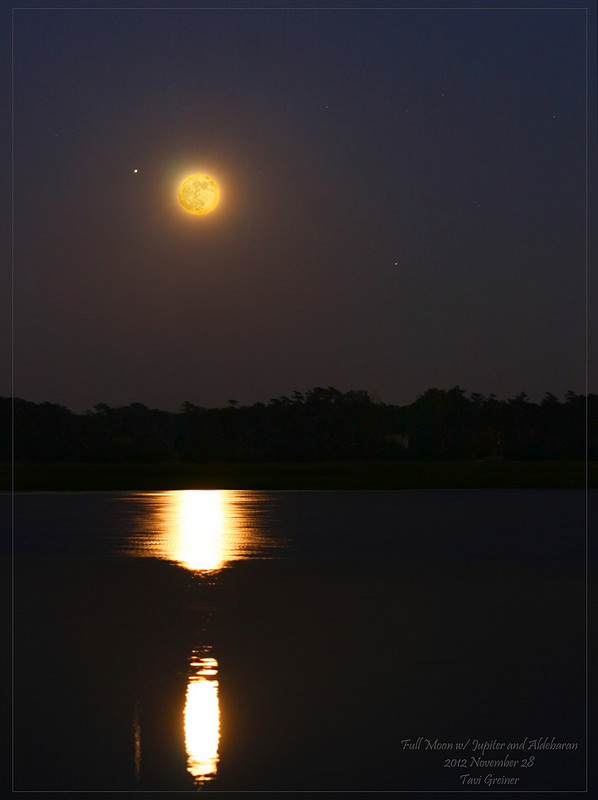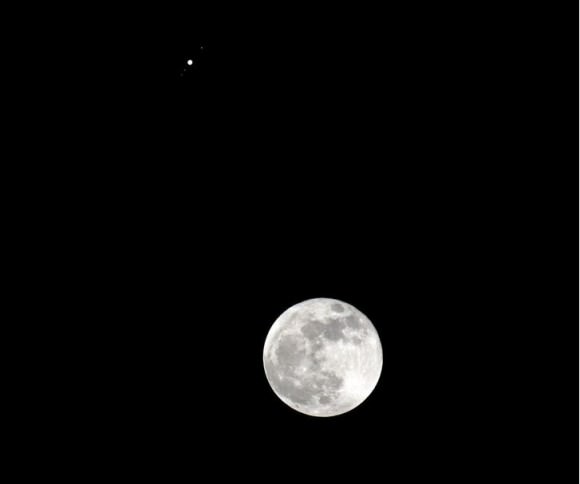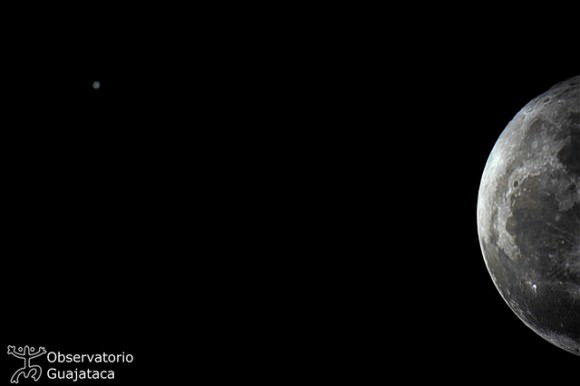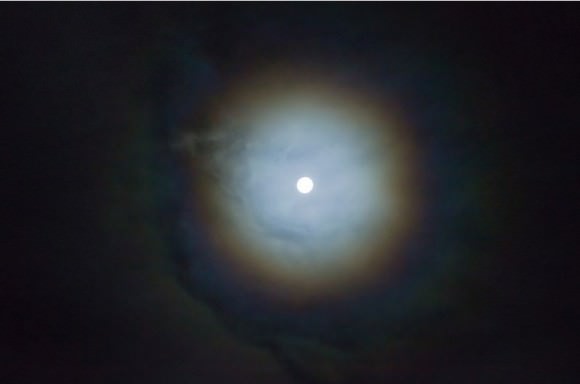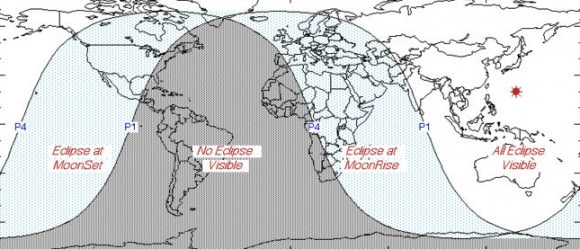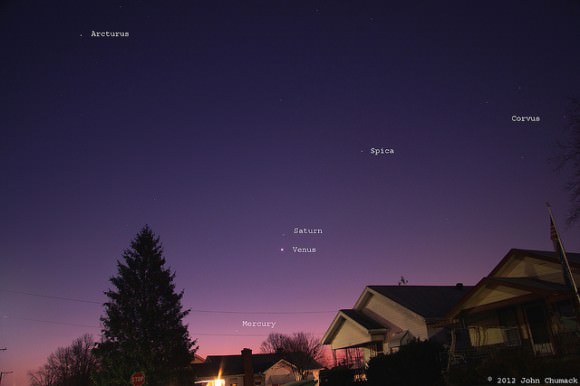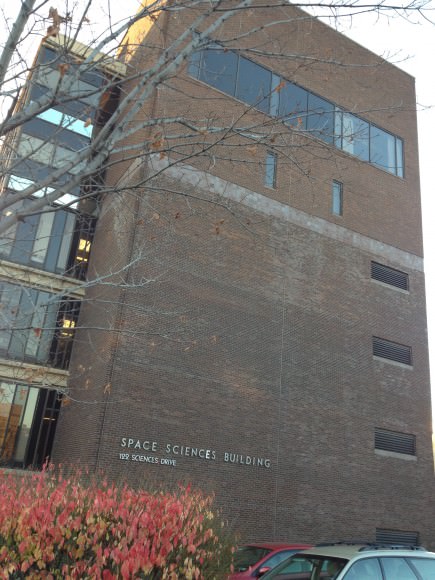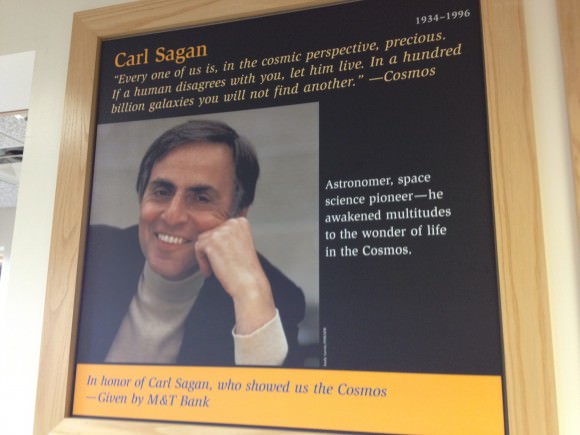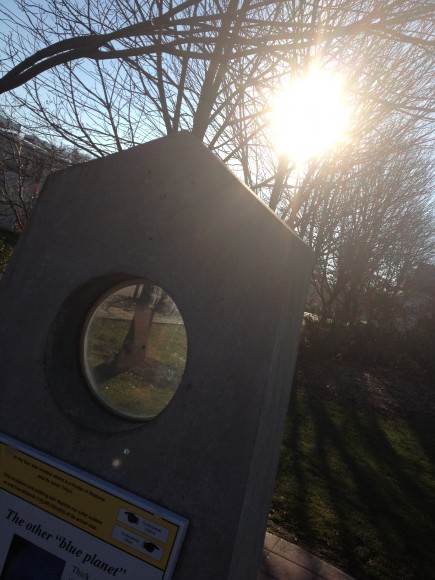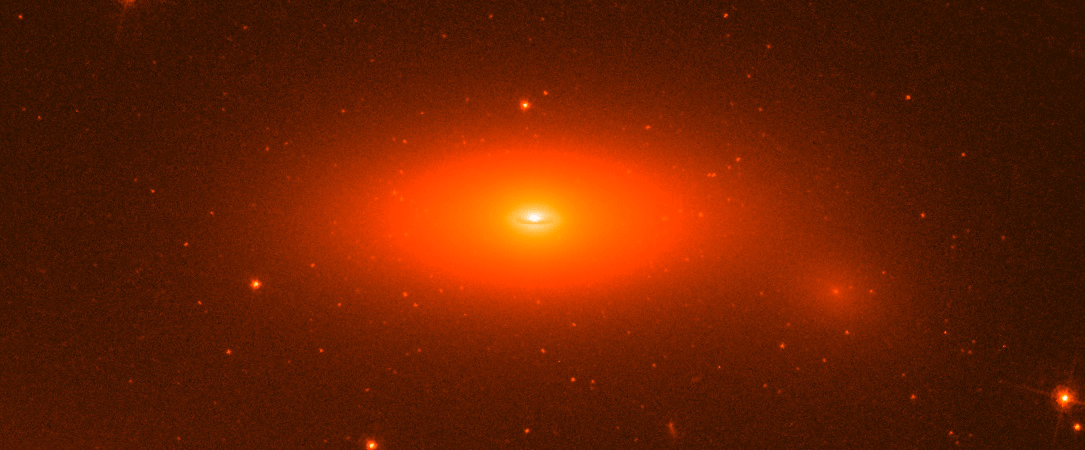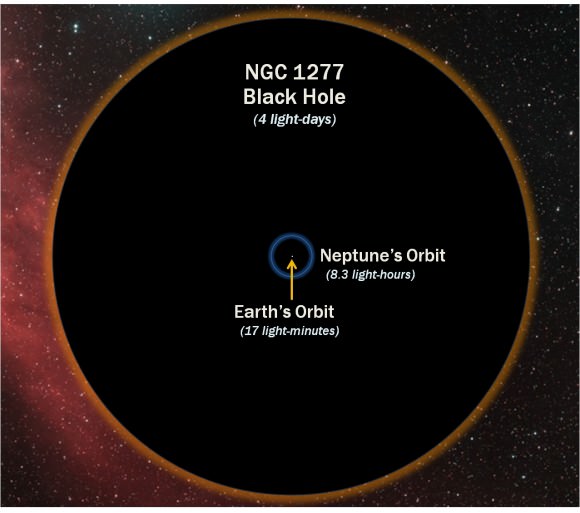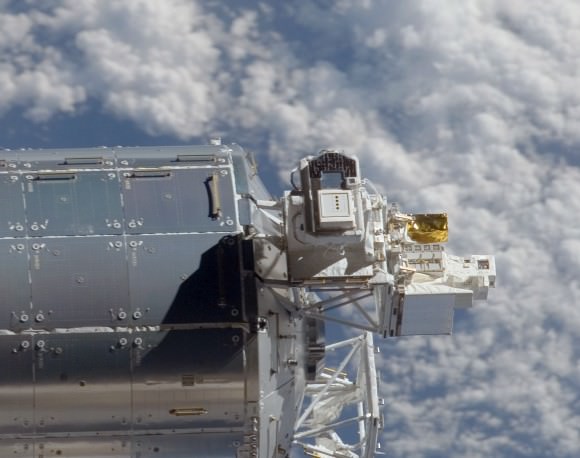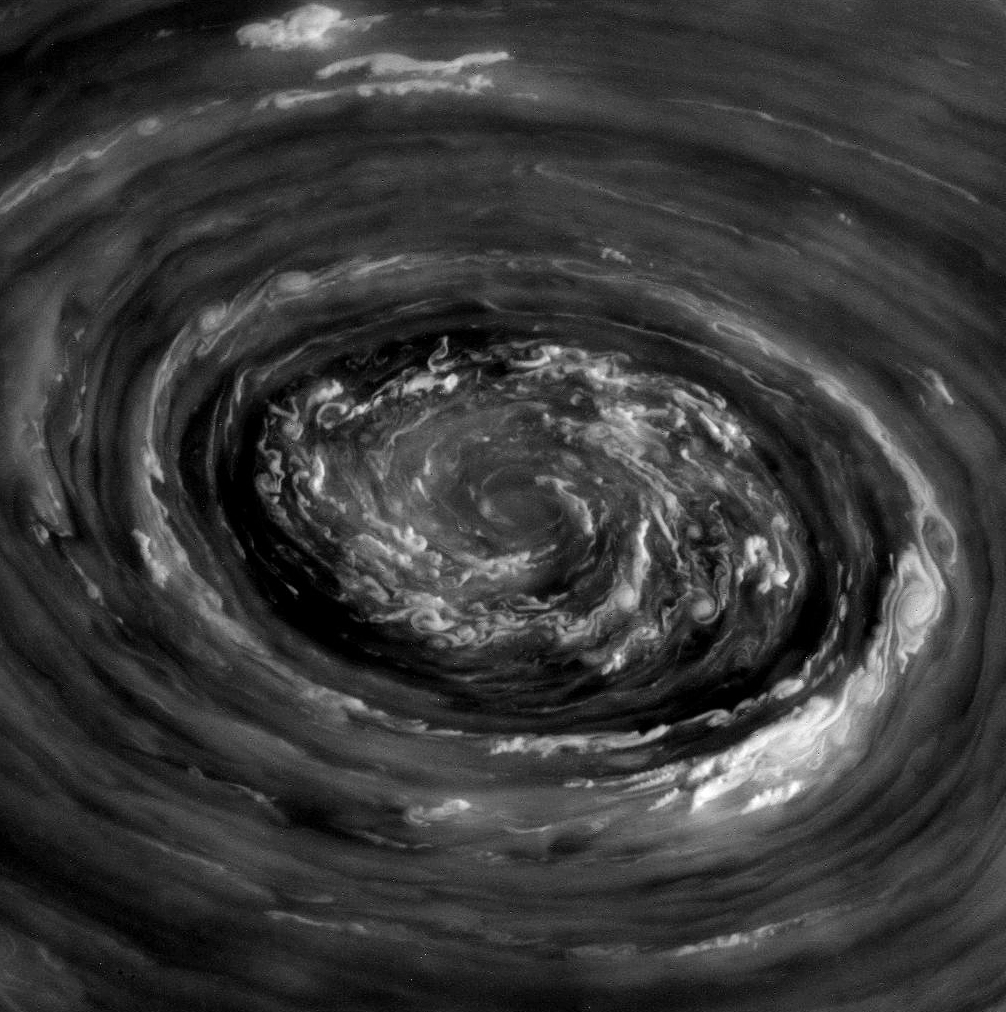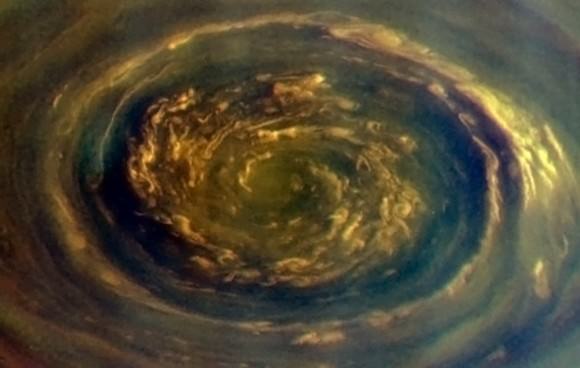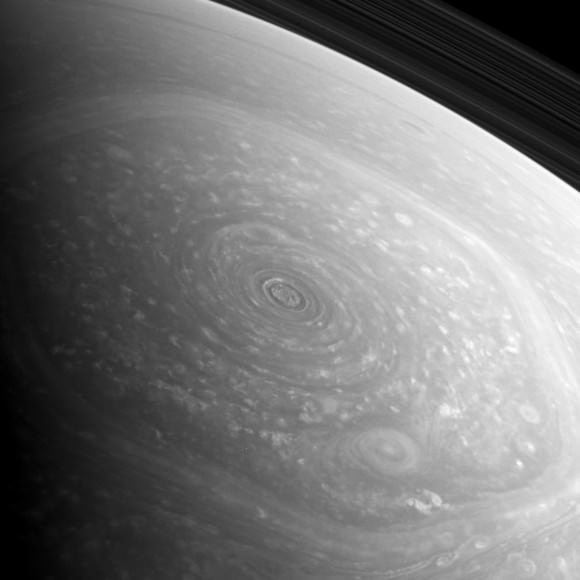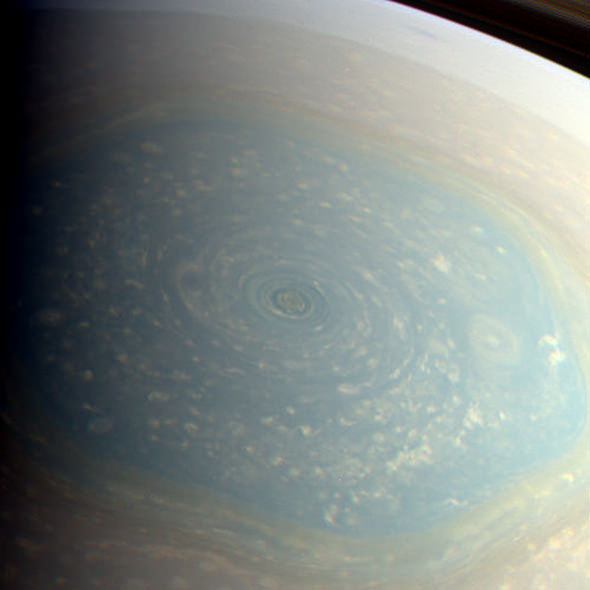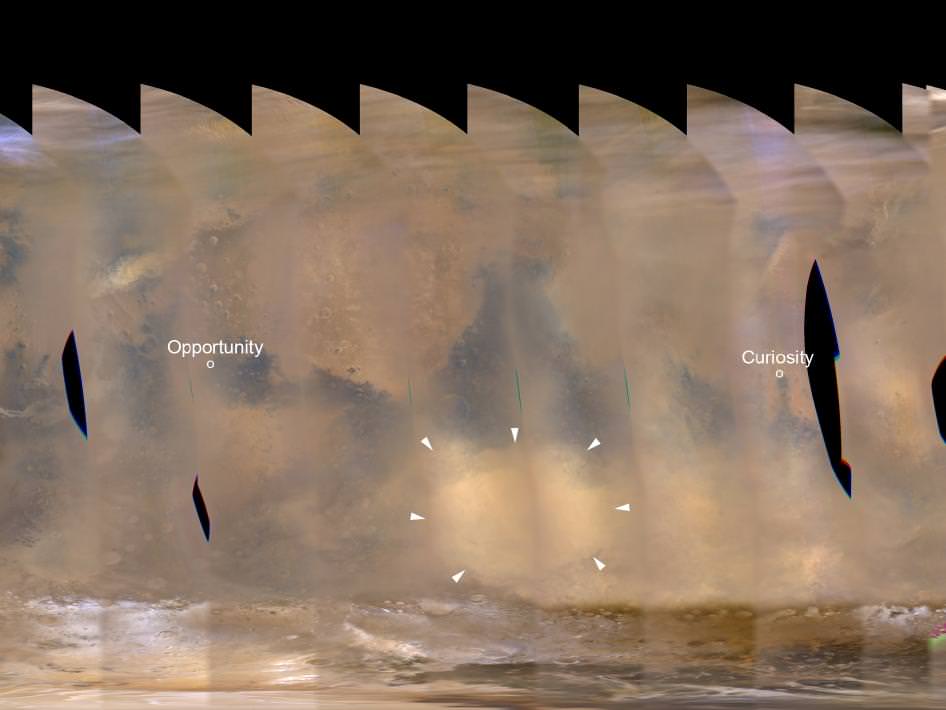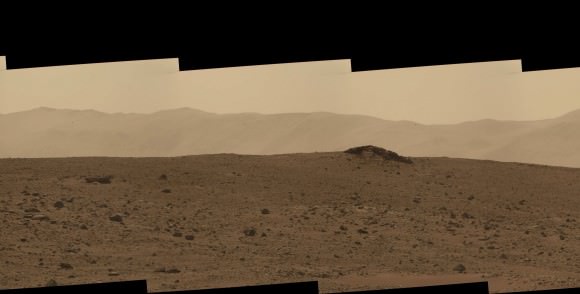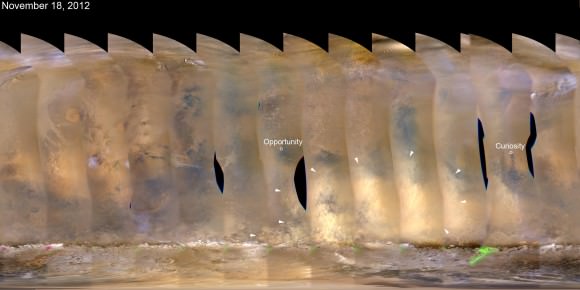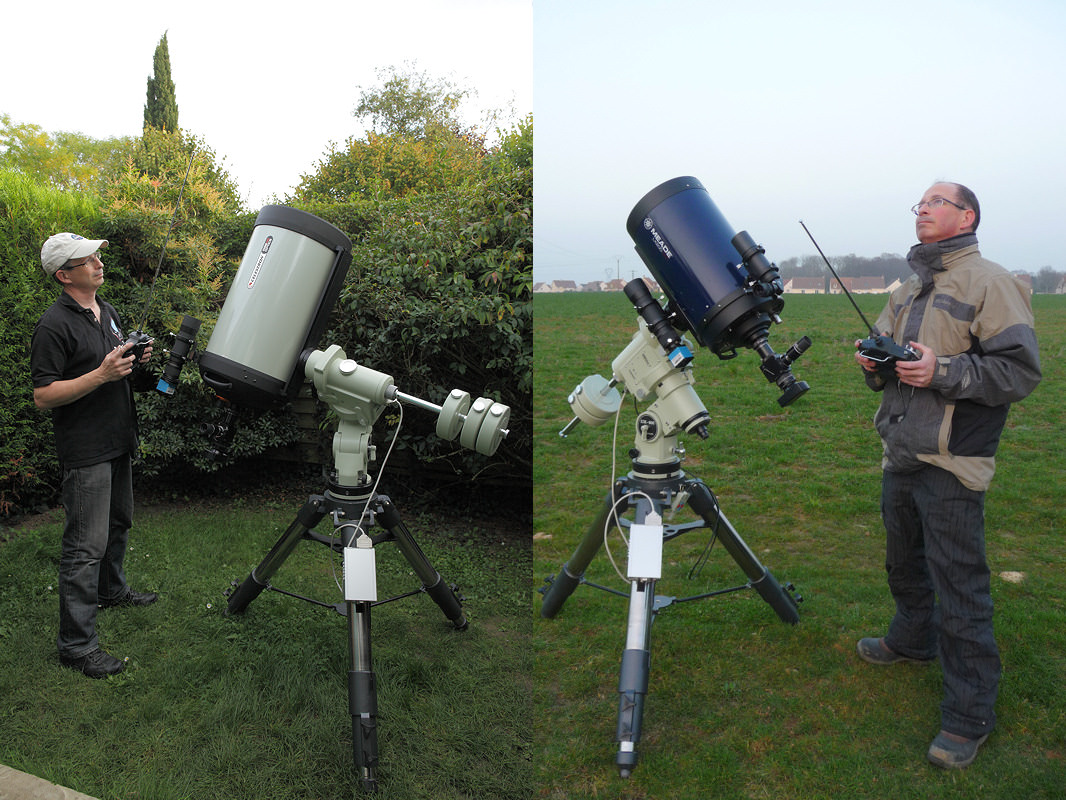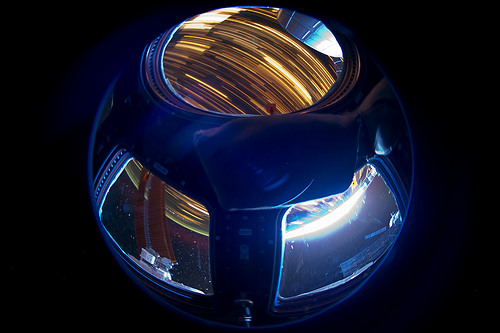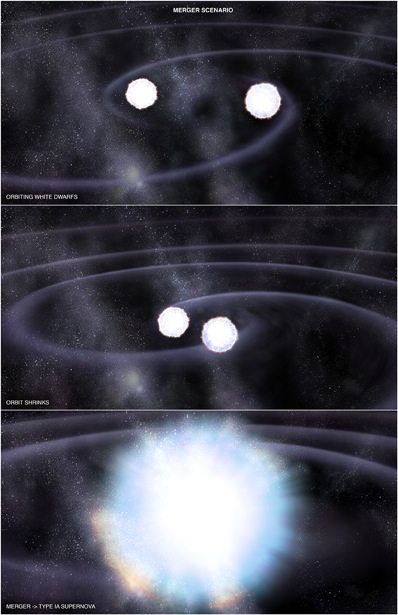The full Moon rising with Jupiter and Aldebaran on November 28, 2012 in North Carolina, USA. Credit: Tavi Greiner.
The full Moon is a-rising tonight, and it is not alone. There are lots of other bright and beautiful stars and planets out there — some snuggling right up together — and already we’ve got astrophotographers out there capturing the views. Above, Tavi Greiner had a gorgeous view of the Moon, along with bright Jupiter and Aldebaran. November’s full Moon is known as the “Beaver Moon,” or “Frosty Moon,” and this year it is the smallest full Moon of 2012, since the Moon is at apogee, the farthest distance in its orbit around the Earth. There was also a penumbral lunar eclipse earlier today, depending on where you are…
See more below:
The Moon, along with Jupiter and its moons. Credit: Kevin Gassen
“This is a composite of two images of the Moon and Jupiter, taken in Central Texas, November 28th, with my Canon T2i,” writes Kevin Gassen. “The images were taken less than a minute apart, one each with the proper settings to capture the moon and Jupiter as seen. The images were combined in Photoshop Elements 6 with only minor contrast adjustments to the moon. Relative sizes were unchanged.”
Moon – Jupiter Conjunction, November 28, 2012. Credit: Gustavo Sanchez
Speaking of bright Jupiter, here’s a great view of the giant planet in all its glory near the Moon.
Corona around the Full Moon November 27, 2012. (The Pleiades are in amongst the clouds, too). Credit: Sculptor Lil
Visibility of penumbral lunar eclipse of November 28, 2012. Image Credit: Fred Espenak
The penumbral eclipse of the Moon occurred during the early dawn on Wednesday morning for western North America, and during the middle of the night for the longitudes of Australia and Japan, in late evening of the 28th local date for China and Southeast Asia, and early that evening for India. Eastern Canada and the USA couldn’t see it at all as it occurred after Moonset.
Saturn, Venus, & Mercury Conjunction on 11-28-2012. Credit: John Chumack
And early this morning John Chumack was out to capture a plethora of planets together. Saturn, Venus, and Mercury Conjunction – Planetary Alignment on 11-28-2012 06:39am E.S.T. Venus is the brightest between the house and tree , Saturn right above Venus, and Mercury is below in between the power lines.
We’ll add more images as they come in!
And if you want to know when the next full Moon is coming up, check out our Phases of the Moon app on either Google Play or the iTunes Store, and help support Universe Today.
Want to get your astrophoto featured on Universe Today? Join our Flickr group or send us your images by email (this means you’re giving us permission to post them). Please explain what’s in the picture, when you took it, the equipment you used, etc.

